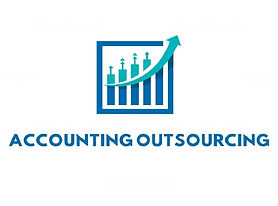
Email ID: contact@freelancingwithumesh.com
Both PwC and EY have announced new gender-based targets for their leadership teams, after salary data confirmed male leaders continue to earn significantly more than their female colleagues.
PwC yesterday announced partners with like-for-like roles are effectively paid the same, but overall male partners earn about 16 per cent more than their female colleagues.
To remedy this, the firm will have a 50 per cent gender target for new promotional and lateral hires at the director level.
At this stage, PwC does not have a target date for achieving parity at the partnership level. The firm’s progress can be tracked through its reports to the Workplace Gender Equality Agency every two years.
Across PwC, men earn 12.3 per cent more than women. On a like-for-like basis across all roles firm-wide, the gap is 0.3 per cent.
EY also released its salary data this morning, showing an overall pay gap across the firm for all partners and staff is 10.1 per cent, favouring men. At the partner level, it is 14.9 per cent. Firm-wide, the gender pay gap is 1 per cent.
To address this, EY has set a target of 30 per cent female partners by 2020. It is also aiming to have 30 per cent of its female leaders being in the top 30 per cent of its highest earning partners by 2020.
Chief executive of EY Oceania, Tony Johnson, said 50 per cent of the firm’s leadership team will be female by 1 July this year.
“It is imperative to be vigilant in monitoring the like-for-like pay gap as staff movements, promotions and pay reviews continually change the equation,” he said.
Driving change
PwC’s chief diversity inclusion officer, Julie McKay, said both “internal drive and external pressures” are prompting the big four firm to set and meet diversity targets.
“We are absolutely hearing from our clients more and more about the importance of diversity and inclusion,” Ms McKay told Accountants Daily.
“Our teams that are more diverse and more inclusive are reporting higher levels of engagement… that is absolutely aligned with the external weight of research and evidence. Greater diversity and inclusion leads to higher productivity, better thinking and better planning of a team,” she said.
“Teams that are inherently diverse will outperform teams that aren’t. Diversity of experience, socioeconomic background, ability, life experience, sexual orientation, cultural background are all considerations,” she said.
EY has previously told Accountants Daily gender inclusivity has become a client expectation, and presenting diverse teams to prospective clients is key to securing major jobs.
“We will be sitting on a panel for big projects and we will actually be asked ‘what is your view of diversity.’ That’s an evaluation criteria they are placing upon us,” said partner for transaction merger integration and separation at EY, Larni De Courtenay.
“They demand it and when they don’t see it, they call us out on it and ask why they haven’t been provided with a diverse team,” she said.